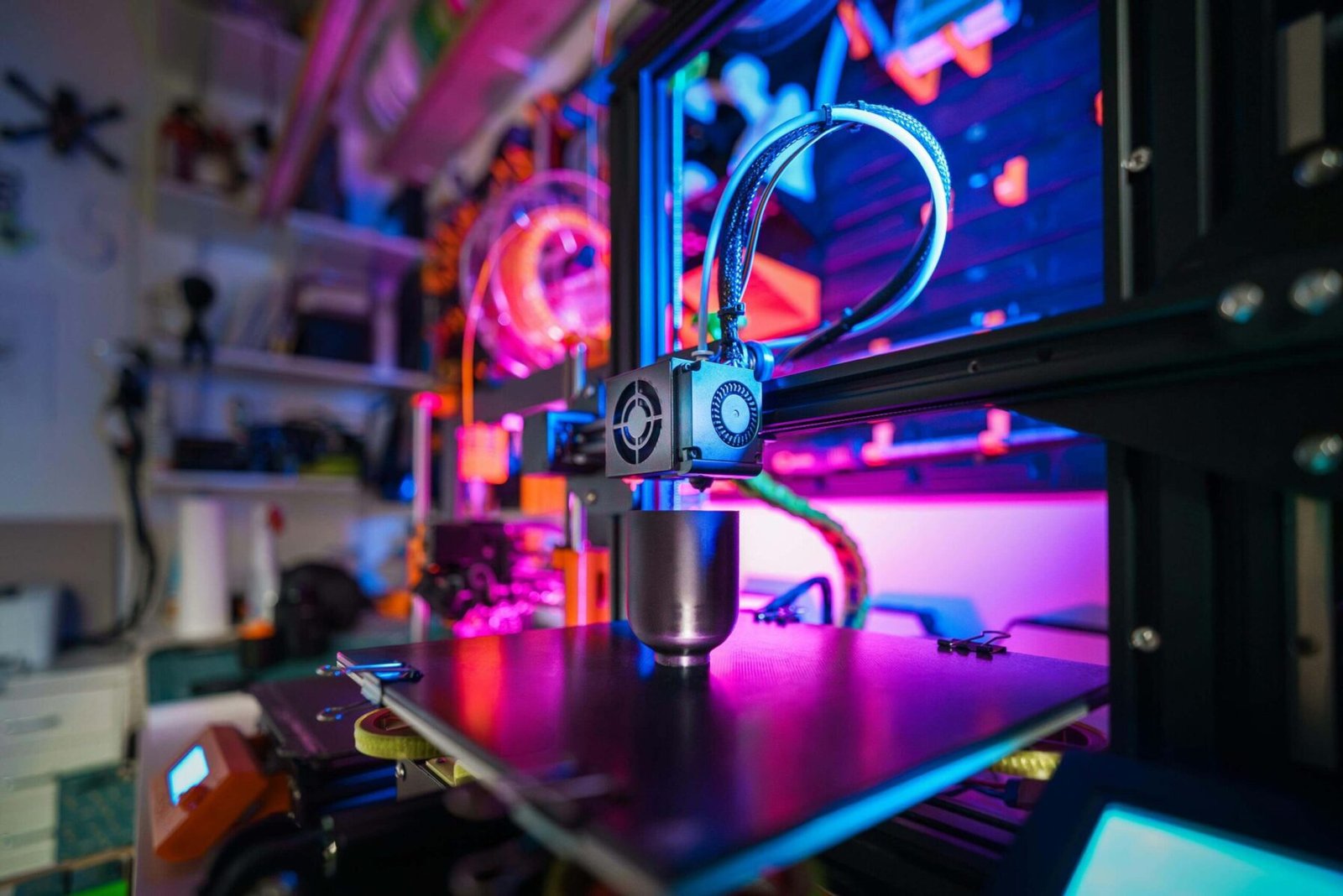
Industrial revolution social changes: Transforming Society Forever
Explore the profound industrial revolution social changes, including its impact on urbanization, class structure, and societal transformation
Industrial revolution social changes
The Industrial Revolution was a transformative era that reshaped societies across the globe. Spanning the 18th and 19th centuries, this period marked a shift from agrarian economies to industrialized urban centers. While it brought technological advancements and economic growth, its social implications were equally significant. The social changes during the Industrial Revolution fundamentally altered class structures, urban living, and societal norms, leaving an indelible mark on the modern world.
The Shift from Rural to Urban Life
The movement of people from rural to urban regions during the Industrial Revolution was one of the most obvious social transformations. The rise of factories created jobs in urban centers, attracting workers from the countryside.
Urbanization and Its Impact
Rapid City Growth: Cities like Manchester, Birmingham, and London expanded rapidly, becoming industrial hubs.
Living Conditions: Overcrowded and unsanitary housing became common, leading to public health crises.
Community Changes: Traditional rural communities dissolved as people adapted to urban lifestyles.
This unprecedented urbanization reshaped how people lived and worked, fostering new cultural and social dynamics.

The Changing Class Structure
The Industrial Revolution also redefined the class system. A new working class emerged alongside a growing middle class, challenging the traditional hierarchy dominated by the aristocracy.
Effects on Class Structure
The Working Class: Unfair working conditions, long hours, and low pay led to the formation of unions and labor movements among factory workers.
The Middle Class: Entrepreneurs, merchants, and professionals benefited from industrial growth, enjoying improved living standards.
Decline of Aristocracy: The importance of land ownership diminished as industrial wealth became a key indicator of status.
These shifts in class dynamics played a crucial role in shaping modern social and political movements.
The Role of Women and Children
The Industrial Revolution significantly impacted women and children, altering their roles in society.
Women in Factories: Many women joined the workforce in textile mills and factories, gaining financial independence but often working in exploitative conditions.
Child Labor: Children as young as six worked in factories and mines, leading to widespread criticism and eventual reforms.
Social Reform Movements: Awareness of these issues fueled movements advocating for workers’ rights and education.
The social changes during the Industrial Revolution regarding women and children set the stage for future gender equality and child labor laws.


Education and Social Reform
The Industrial Revolution underscored the need for an educated workforce, leading to significant reforms in education and social policies.
Education for All: The rise of public schools provided basic education to children, emphasizing literacy and numeracy.
Philanthropy: Industrialists like Andrew Carnegie supported libraries, schools, and social programs to uplift communities.
Labor Rights: Activists fought for better working conditions, reduced hours, and fair wages, laying the groundwork for modern labor laws.
These reforms highlighted the importance of addressing social inequalities, shaping a more inclusive society.
Learn More About Microplastic Pollution Solutions: Revolutionizing Clean Ocean
Galaxies Mystery
Galaxies are among the universe’s most mysterious and awe-inspiring structures, home to billions of stars, planets, and other celestial objects. One of the greatest enigmas is the presence of dark matter, an invisible substance that holds galaxies together through its gravitational pull. Within their cores, supermassive black holes lurk, consuming matter and emitting powerful jets of energy, shaping the galaxy’s evolution. Some galaxies defy explanation, such as those with almost no dark matter or stars moving at unimaginable speeds. Others, like quasars, shine with incredible luminosity, powered by ancient black holes. Galaxies are not only cosmic wonders but also hold the secrets to understanding the universe’s past, present, and future.
Industrialization and Urban Growth
Urbanization and the Industrial Revolution were closely related. Factories centralized production, pulling people into densely populated areas. However, this rapid urbanization presented challenges such as pollution, inadequate infrastructure, and social displacement.
Housing and Infrastructure: Overcrowded tenements and lack of sanitation created public health crises.
Transportation Networks: The development of railways and public transportation helped mitigate urban sprawl.
Community Adaptation: Diverse populations in cities led to cultural exchanges and social integration.
The urban environments born out of the Industrial Revolution continue to influence city planning and development today.
Lasting Social Impacts
The impact of the Industrial Revolution on society endures in various aspects of modern life.
Economic Systems: Capitalism thrived, leading to globalization and market-driven economies.
Democratic Movements: Increased awareness of social inequalities inspired democratic reforms and suffrage movements.
Cultural Shifts: The arts and literature of the 19th century often reflected the struggles and triumphs of industrial societies.
By reshaping societal norms and structures, the Industrial Revolution laid the foundation for contemporary social, economic, and political systems.

Global Perspectives on the Industrial Revolution
The Industrial Revolution had an impact on continents beyond Europe. Its influence spread to the Americas, Asia, and Africa, reshaping economies and societies globally.
In the United States: The revolution fueled westward expansion, the growth of railroads, and the rise of manufacturing hubs in cities like New York and Chicago.
In Asia: Colonized regions provided raw materials for European industries, often at great social and economic cost to local populations.
In Africa: Industrialization intensified colonial exploitation, transforming traditional societies and economies.
Understanding these global dimensions highlights the widespread implications of industrial progress and its social impact.
The Environmental Cost of Industrialization
The Industrial Revolution created environmental problems in addition to advancements. Deforestation, pollution, and resource depletion were caused by rapid industrialization. Urban centers grappled with smog from factories, while rivers became dumping grounds for industrial waste.
These early environmental issues spurred the development of public health initiatives and later inspired the modern environmental movement.
Conclusion
One of the most revolutionary eras in human history is represented by the social transformations brought about by the Industrial Revolution. From urbanization and class restructuring to labor rights and education, this era redefined how societies function. The legacy of these changes continues to influence our world, underscoring the importance of innovation, resilience, and social progress.














